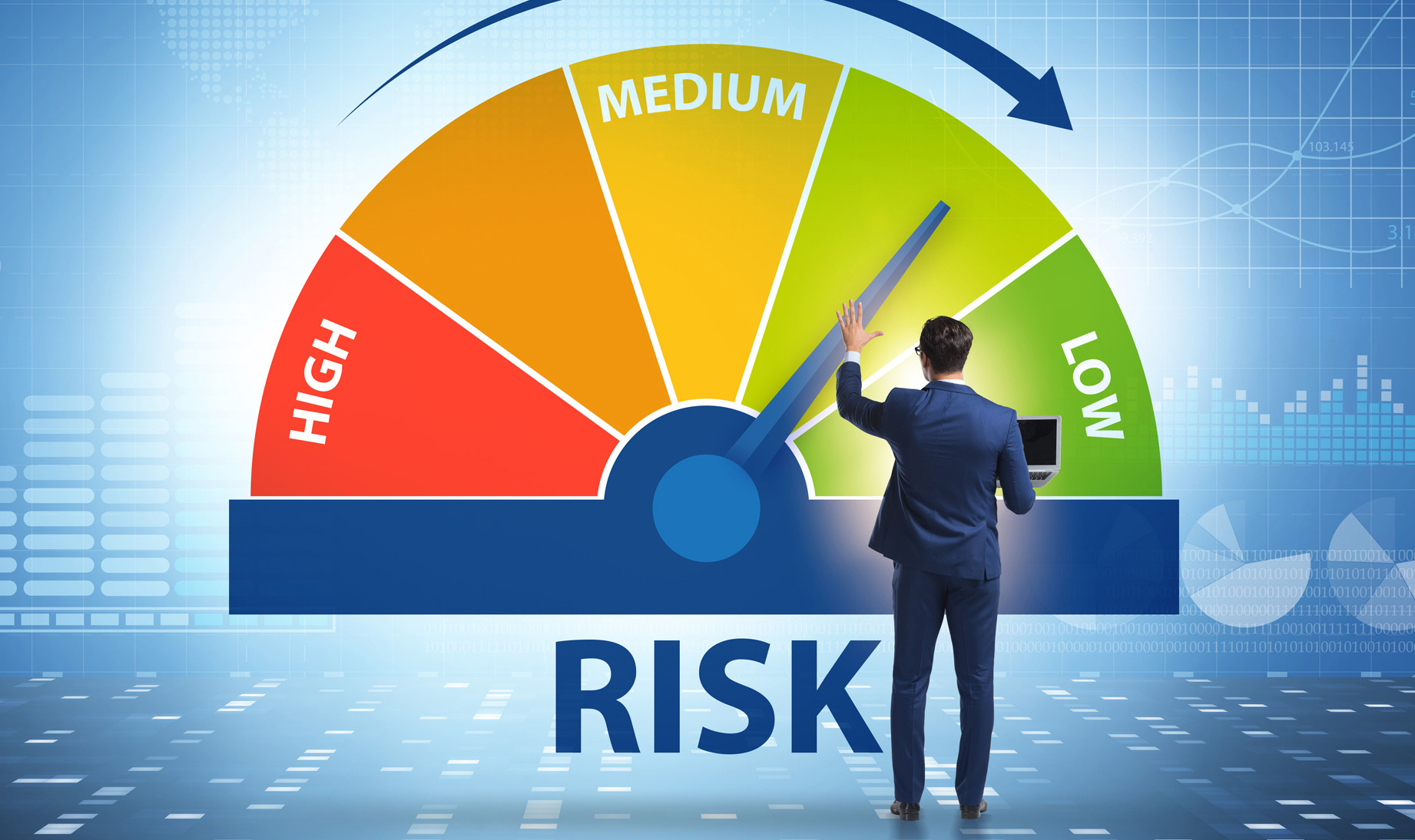Cyberattacks are grabbing headlines and keeping many business owners up at night wondering if they will be next. The reality is that since the world went into COVID-19 lockdown and so many employees were forced to work from home, cyberattacks have increased dramatically. In fact, the Federal Bureau of Investigation (FBI) is fielding more than 4,000 cybersecurity-related complaints per day—that’s a 400% increase since before the pandemic.
In 40% of ransomware attacks, the victim ultimately pays out.
In particular, ransomware attacks spiked 150% in 2020 compared with the previous year. From golf clubs to pipelines to hospitals, no industry seems to be immune. Professional services like accountants, lawyers, and real estate agents are attractive targets because of the sensitive customer data they store.
One attack can open many, many lucrative doors. The size of your firm will not keep you off their radar either, since most smaller firms have less sophisticated security protocols and are more susceptible to attacks.
For all the talk about cybercriminals, extortion, breaches, phishing, and malware, what exactly does it all mean and how do you protect your firm? Here’s the breakdown.
Defining the Terms
- Data Breach: intentional or unintentional release of confidential information to an untrusted source or environment
- Malware: software intended to infiltrate and damage computers
- Phishing: a fraudulent message via text or email designed to trick the user into revealing sensitive information or to deploy malware
- Trojan: a program containing additional, hidden code that causes it to launch unauthorized functions, including possible data destruction
- Ransomware: a form of malware in which an unauthorized user inserts a computer virus to encrypt data and then demands money for the decryption key to restore the data
- Two-factor authentication: obtaining evidence of identity by two independent means, e.g., knowing a password, and receiving a pass code via a mobile phone
No time to read? Listen to Dave Johnson, president of Pearl Technology, explain ransomware minus all the techno jargon.
Pearl Technology is a division of Pearl Companies, offering IT solutions for the workplace.
What Is Ransomware?
Cyber extortion, or ransomware, is an attack by a cybercriminal using malicious code to encrypt your system and data—effectively locking you out. The code is usually launched by unwittingly clicking on a link in a phishing email.
A demand for money will follow in exchange for a decryption key that grants access to your system and files. “Ransoms” were typically in the five to six figure range. However, attacks have become more sophisticated, and ransoms are now reaching upwards of seven figures and even into the millions.
The average cost associated with a cyber incident for small- to medium-sized businesses is $175,000.
Why Are Ransomware Attacks Big News?
Just a few years ago, ransomware attacks were simply focused on the payout. But then, cybercriminals discovered they could request higher payouts if they also exfiltrated, or downloaded, sensitive company data before locking down the system.
Ransom demands now come with an additional threat that sensitive data will be released into the public realm. Cybercriminals now do their homework on their targets to exploit the situation for their maximum benefit.
In addition, the rise of Ransomware-as-a-Service (RaaS) providers in the hacker economy has increased the threat level. RaaS is a new delivery model—similar to products like MailChimp or Microsoft applications—that provides today’s cybercriminals with everything they need to commit a cyberattack.
It may sound far-fetched, but RaaS providers offer customized ransomware virus strains, provide customer support, chat features, and even templates for ransom notes. The provider takes a percentage of the ransom payout, of course. There are multiple layers of nefarious partnerships developing in the hacker economy and methods will continue to become more and more sophisticated and dangerous.
Paying a hefty ransom will definitely impact your business in the short-term, but the loss of clients, an unfavorable reputation, and even the ability to hire and retain quality employees in the future can lead to lasting negative consequences.
Ransoms are no longer paid in unmarked bills. Today’s cybercriminals request Bitcoin or other cryptocurrency like Dogecoin.
How Do You Protect Your Firm from a Cyberattack?
Nothing is foolproof, but there are security protocols you can implement that will help decrease those “open doors” that cybercriminals look for.
- Educate your employees. Ongoing, regular cybersecurity training is a must these days. Phishing emails remain one of the leading causes of successful cyberattacks. KnowBe4 is a good training resource.
- Backup your data. Today’s criminals will find backup files if you leave them on your network. Physically remove the data to ensure your business can remain up and running in the event of an attack.
- Stay current on all software patches.
- Use anti-phishing email security software. Manage your mail server configurations.
- Use multifactor authentication—especially on all internet-facing login interfaces.
- Review (or draft) your response plan. Figuring out what to do during a crisis is not the best way to make smart decisions. A response plan should lay out all the steps your company will take in the event of a cyberattack, including notifying your attorney and insurance provider.
In addition to maintaining cyber security best practices, cyber liability insurance will protect you in the event of an actual cyberattack.
What Is Cyber Liability Insurance?
Generally speaking, cyber liability insurance will help cover the costs associated with a cyberattack, e.g., legal services, notification of affected customers, extortion, lost income, lawsuits, and regulatory fines.
It’s important to clearly understand what your limits are under a cyber policy and what is covered. Many cyber plans now include resources to help firms respond to a cyberattack or data breach, including information on best practices for cyber safety.
Costs for cyber coverage will vary depending on your firm’s revenue, the number of customers or clients you serve, the type of information you store, and any claims history.
Cybercrimes may have once seemed a far-fetched possibility for small- and medium-sized businesses, but that is no longer the case. Based on the data, the question is when you will experience a cyberattack, not if. Even the hint of a security issue can impact your business for years to come.
For more information about adding cyber liability coverage to your current commercial insurance portfolio, contact Pearl Insurance at 800.447.4982.
 Dan Tharp is licensed in all states (except Alaska & Hawaii) and is the Vice President of Business Insurance Lines for Pearl Insurance. Dan has been assisting business owners in protecting their operations, customers, and employees for over 30 years. For questions regarding this blog post or any other insurance matter, he can be reached via phone at 800.447.4982 or email at dan.tharp@pearlinsurance.com.
Dan Tharp is licensed in all states (except Alaska & Hawaii) and is the Vice President of Business Insurance Lines for Pearl Insurance. Dan has been assisting business owners in protecting their operations, customers, and employees for over 30 years. For questions regarding this blog post or any other insurance matter, he can be reached via phone at 800.447.4982 or email at dan.tharp@pearlinsurance.com.







